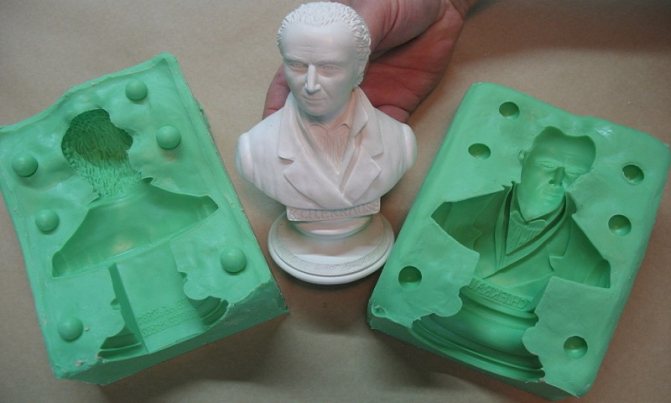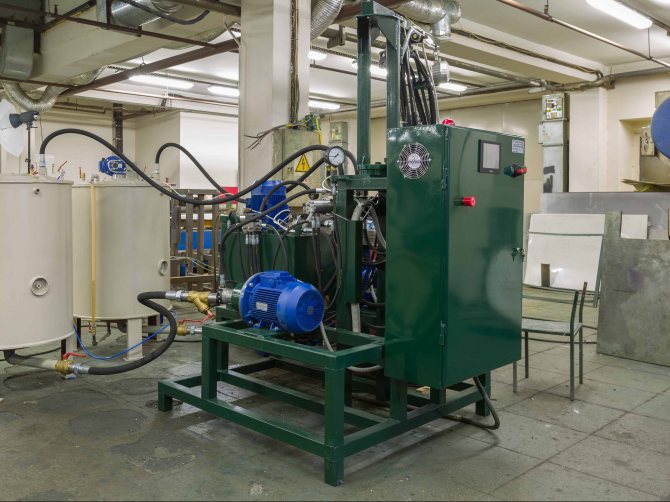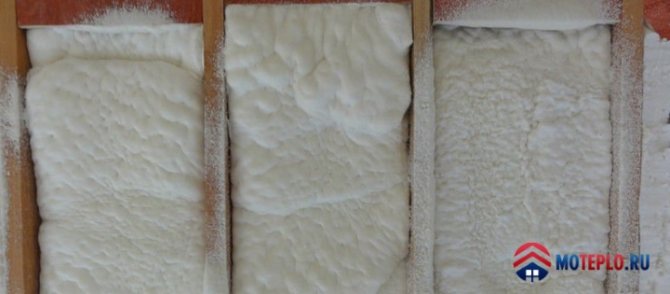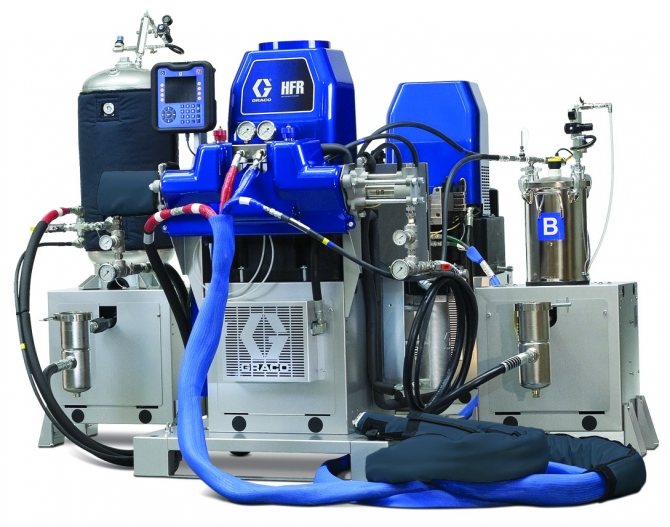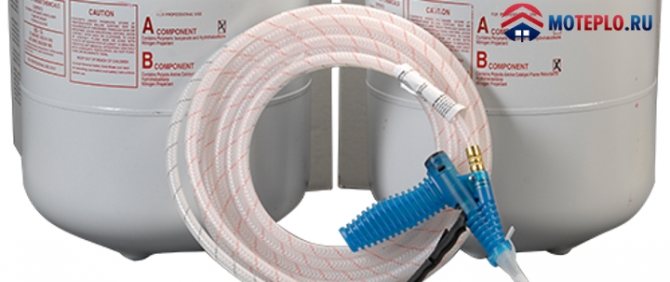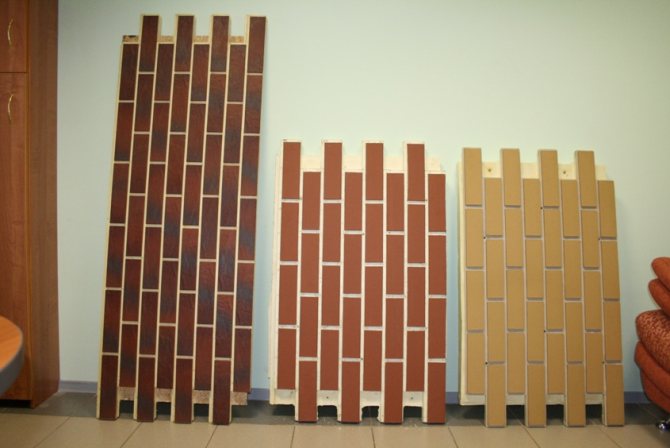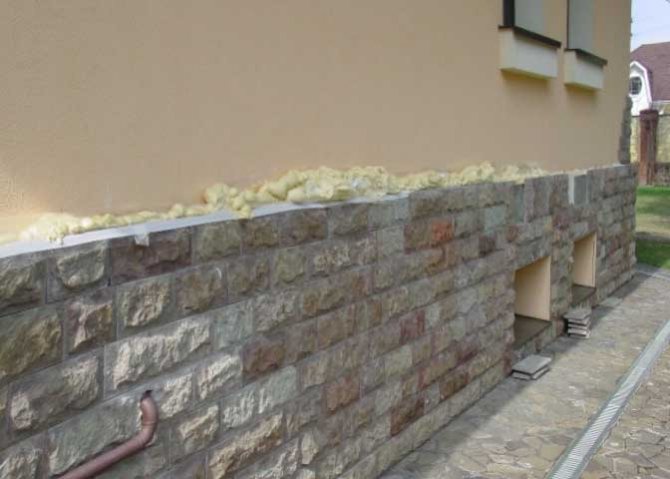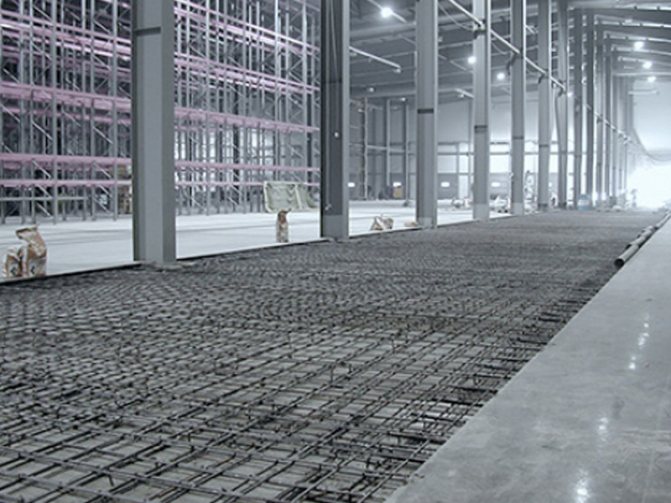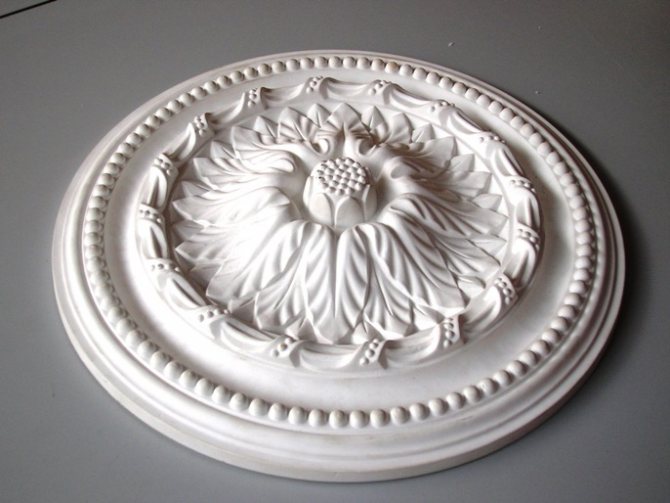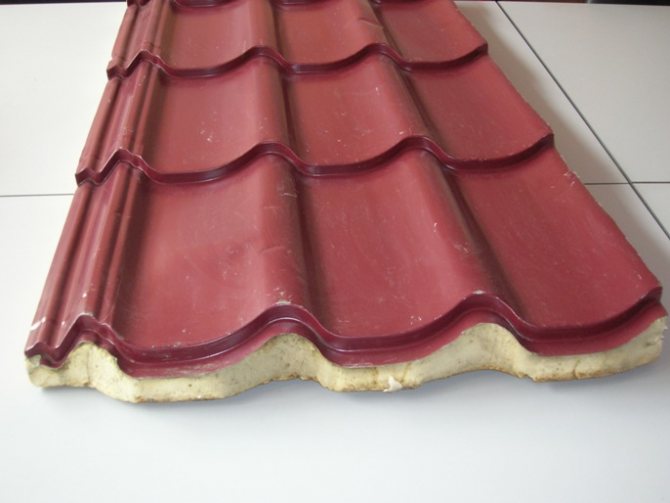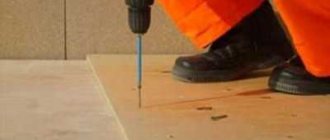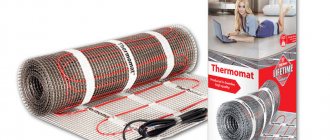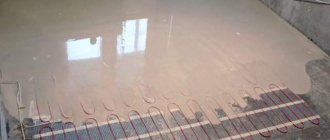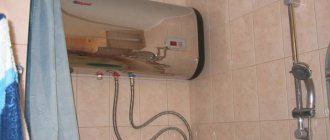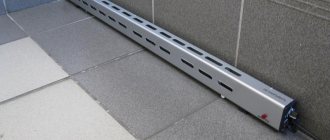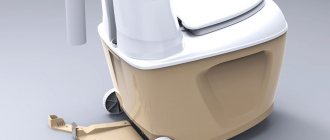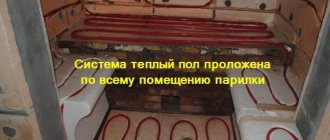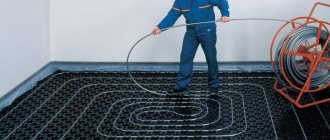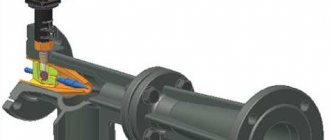Wall insulation with PPU filling
Pouring polyurethane foam into inter-wall voids is used to insulate and strengthen the walls of a house under construction or an already in use structure. When building houses, brickwork of 1.5 or 2 bricks is used. According to SNiP II-3-79, in order to provide adequate protection from the cold, the wall thickness must be at least 1.2 meters.
It is impractical to use such a number of bricks due to the load on the foundation and the complexity of installation, therefore the walls are made two-layer. Internal and external are erected, leaving a space of 50 centimeters between them for free air circulation. This helps to retain heat and prevent condensation from forming. But this is not enough for full-fledged insulation. It is difficult to insulate the space between the walls with rolled or soft materials. The method of filling the voids with PU foam allows you to uniformly fill all the gaps inside the walls and between them.
Differences
The production of molds for polyurethane has its own specifics, primarily due to the peculiarities of the casting of this polymer. It is important to ensure fast filling of the working space of the PF, but at the same time control of the injection speed is critical. High speed will lead to overheating of the material due to increased friction, the polyurethane will begin to collapse, and the result will be a marriage.
If the filling is too slow, sagging may form, which will negatively affect the appearance of the product. The company's engineers are well acquainted with the manufacture of tooling for this polymer, therefore, they take into account all the features of the material at the design stage, removing all possible risks.
Features of using polyurethane foam for pouring
After mixing components A and B, the polyurethane foam for pouring is a plastic mixture. After hardening, it becomes dense and tough, has a cellular structure. The material is lightweight and hard, does not deform or break.
The thermal conductivity coefficient of polyurethane foam is one of the lowest - 0.022 W / mK. Therefore, even a small layer of a few centimeters is enough to protect the structure from the cold. PPU has high adhesion, is attached to metal, glass, wood, concrete. Penetrates into pores and cracks, fills them and maintains a homogeneous structure for 30 years.
Auxiliary equipment for casting
In the process of development of the industry, a huge variety of tools have been invented that help foundry workers in their difficult business. As a rule, this equipment in most cases is aimed at degassing - removing excess air from the mixture, but there are other tools that simplify the life of craftsmen.
Here is some of them:
- - Vibrating tables
- - Vacuum chambers
- - Rotary casting chambers
- - Diffusers
- - Mixers, etc.
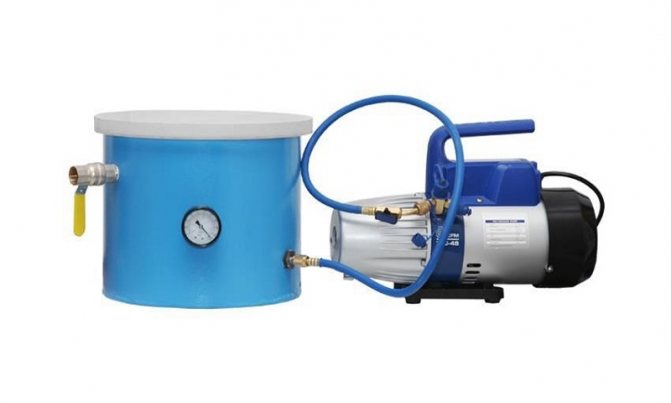
Casting equipment
For pouring the walls of PPU, pouring complexes are used. Such equipment allows you to accurately dose the components to obtain polyurethane foam, mix them to a homogeneous state, and pour them into the space between the walls. Installations are of high pressure (over 100 atmospheres) and low pressure (4-10 atmospheres).
In high-pressure devices, mixing of the components occurs due to penetration into each other. In low pressure washers, materials are mixed with a special mixer. Air does not participate in this process, because its bubbles lead to the formation of voids inside matter. PPU is brought to the surface using a spray gun.
Low pressure installations usually weigh up to 100 kilograms. This makes it easy to move them in space when pouring PPU walls.They are easy to use and can be used at home. The disadvantages include the short length of the spray nozzle hoses, the higher material consumption compared to high pressure installations.
The performance of high-pressure installations allows filling large areas, using hoses up to 120 meters, avoiding the formation of suspended matter near the spraying site. The disadvantages include the high cost of equipment, weight over 100 kg, complexity of use - a specialist is required to work with the installation.
Molding technology of molding polyurethane
1. Preparation of the master model. Thoroughly clean and dry the master model (moisture is not acceptable). Next, you should treat your model and the inner surface of the casting formwork with a release agent. Apply grease evenly to the entire surface of the master cast and the casting mold. Do not apply too thick to hide the texture of the stone under the release agent. After application, let the layer dry for about 10 minutes.
2.We heat the model with a construction hairdryer, this is done so that the release agent (base paraffin), when exposed to a hairdryer, begins to melt, thereby filling the micropores and the excess flows down, so a thin layer of paraffin is formed on the texture of the stone, which guarantees a clear copy of the pattern in the future, without distortion.
3. Next, we assemble the model (we fasten the sides) and set it by level. Also, the model should be sealed around the perimeter to prevent leakage of the molding material, the casting formwork should be carefully sealed.
4. Weighing (polyol part A) and (isocyanate part B). Make sure the polyurethane compound is at room temperature before mixing the components. Be aware that when storing (or transporting) material outdoors in cold weather, it may take up to 24 hours for the components to reach room temperature. Optimum room temperature during molding should be 20-25 ° C and humidity not more than 50%. To mix the components, use clean, dry plastic buckets (glasses) of equal volume. Weigh equal amounts (by weight or volume) of polyol (part A) and isocyanate (part B) into buckets. Mixing of the components usually takes 2-4 minutes (depending on the viscosity of the material), you can use a conventional drill at medium speed, the blade should rotate against clockwise so as not to involve excessive air bubbles in the mixture.
5. The process of pouring the polyurethane compound onto the master model. After you have thoroughly mixed both components until a homogeneous state, the life process starts (the life of the compound is a transition from a liquid state to a gel-like state 10-15 minutes) in this short period of time, you need to have time to fill polyurethane mass for the master model. It is better to fill from one corner, in this case, the material will cover the master model slowly, like a lava flow.
6. The formwork is carried out after complete polymerization of the material for 16-24 hours, the process of extracting the polyurethane form must be carried out very carefully. Within 3 days, the form will still gain strength, after which it can be used.
Examples of high pressure installations:
- Polymer complex PK-60 - capacity up to 60 l / min, self-cleaning filling head, asynchronous gear motor, industrial controller with touch display;
- Graco HGR - capacity up to 20 kg / min, hydraulic drive, priming controller, automatic determination of component ratio accuracy. Watch the video how the Graco installation works using the example of the inter-wall pouring "Chemtrast SKZ-20":
- Hennecke - capacity up to 35 kg / min, hydraulic drive, built-in containers of 250 liters, filling head, automatic control of dosing accuracy.
Polyurethane foam filling technology
There are two approaches for thermal insulation of hollow walls using the PUF casting method.If the building is under construction, the material is poured from above between the outer and inner walls. To do this, choose polyurethane foam with a high start time - 30–45 seconds. For example, "Khimtrast SKZ-30 (slowed down)". The substance has time to go down, and then begins to expand, filling all voids and cracks.
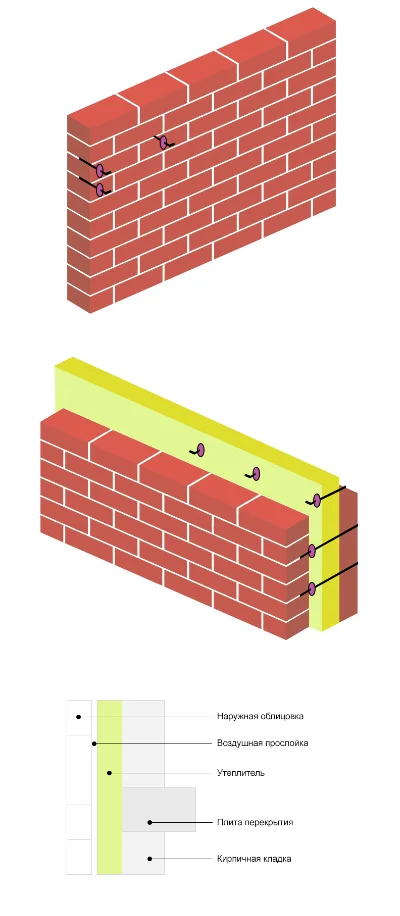

How to fill polyurethane foam if the building is already in operation? To insulate the built house, PPU is poured between the wall and the cladding outside. Usually, a material with a low start time is used - 10–20 seconds. For example, "Himtrust SKZ-20". In the outer wall of the house, holes with a diameter of 12-14 millimeters are drilled at the depth of the brickwork. The distance between the holes is 50–100 centimeters. They are placed in a checkerboard pattern. It is necessary to fill the holes of the polyurethane foam from the bottom up. This will distribute the material evenly, without voids inside. After filling, the holes must be closed with wooden dowels so that the material does not leak out. Polyurethane foam hardens in 1-2 minutes, forms a dense moisture-proof layer between the inner wall and the building cladding.
Feedback on additional areas of use
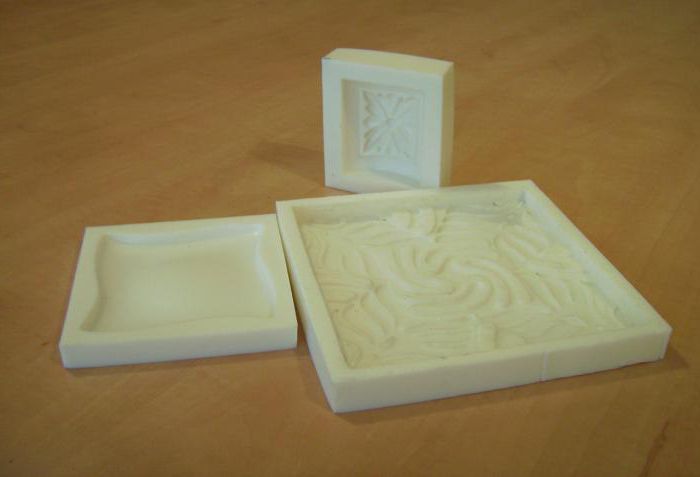

According to consumers, two-component polyurethane is used in the production of adhesives and paints and varnishes. After polymerization, the mixture turns out to be resistant to external negative influences, holds firmly and is ready to serve for a long time. Liquid polyurethane is especially often used in the manufacture of molds that are made using the casting technology. Subsequently, such products are used for casting:
- concrete;
- polyester resins;
- wax;
- gypsum.
According to consumers, liquid two-component polyurethane is also used in the field of medicine, where the material is used as the basis for removable dentures. Polyurethane is also often used in the manufacture of jewelry. It can even be used to pour floors that are durable, wear resistant and highly resistant to stress.
According to consumers, in some areas, polyurethane parts outperform steel in a number of ways. However, the manufacturing technology is much simpler, which makes it possible to obtain miniature parts and massive castings at the output, the first of which can weigh no more than a gram, while the latter can have a mass of 500 kg or more.
Advantages of filling walls with polyurethane foam
The method of pouring polyurethane foam between the walls allows you to insulate the building at any stage of construction, as well as during operation, without disturbing the interior decoration of the premises. Polyurethane foam has no shrinkage, so there is no need to worry about the integrity of the thermal insulation layer. Waterproofness avoids the formation of bridges of cold, condensation, mold. Components for filling polyurethane foam have a thermal conductivity coefficient of 0.023 W / K to 0.03 W / K. "Khimtrast SKZ-30" is suitable not only for heat, but also for sound insulation of inter-wall spaces.
Watch the video for the peculiarities of filling polyurethane foam with the system of components "Khimtrast SKZ-30".
Chemtrast products are available in 14 warehouses throughout Russia. When ordering components in the online store from a ton, cumulative discounts apply. Delivery across the Russian Federation and the CIS.
Pouring liquid polyurethane
Among other things, an important point when casting polyurethane is the preparatory part of the whole event: collecting the formwork for casting polyurethane, fixing the master model, preparing polyurethane components for casting, both individually and as part of a whole mixture. All these moments, one way or another, in their totality, greatly affect the quality of casting.Good formwork will allow you to get an even shape, a high-quality master model will be able to convey the entire relief to the shape as correctly as possible, and the preparation and preparation of a mixture of raw materials affects the overall quality of the future shape.
